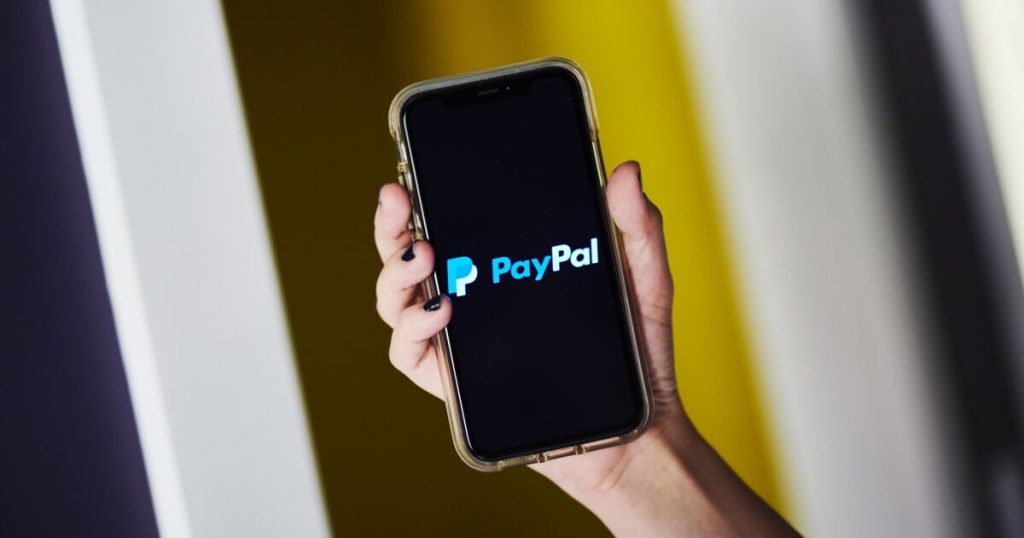Stablecoins are still a small part of the overall currency market, but there’s upside potential that could make them an unavoidable factor in financial services, including the elusive quest to design banking apps that dominate consumer lifestyles.
That means stablecoins could be a future star for super apps. Stablecoins, which are backed by reserves of traditional currency and are designed to be less volatile than other cryptocurrencies, are growing rapidly, recently
Citing a favorable regulatory environment and the likelihood that stablecoin issuers will become major holders of U.S. Treasuries, Citi said stablecoins are at an inflection point, adding that “2025 has the potential to be blockchain’s ‘ChatGPT’ moment,” a reference to 2023, when the introduction of ChatGPT caused a rush of investment among banks and other industries.
Stablecoins for a Swiss Army knife
PayPal and Circle are both positioning themselves to capitalize on the increasing popularity of stablecoins as a means to power their super apps.
PayPal recently expanded its partnership with cryptocurrency exchange Coinbase to power free conversions between PayPal’s PYUSD stablecoin and traditional money. Coinbase will offer PYUSD to PayPal’s merchant network, making it easier for the stablecoin to be used at the point of sale.
It also can drive PayPal’s super app strategy, a
“PayPal’s original secret sauce was always float, the idle balances left in user accounts. This [stablecoin] move revives that playbook with a modern twist,” payments consultant Richard Crone told American Banker, noting the 3.7% annualized rewards on PYUSD balances as a way to incentivize users to park their funds in PayPal and Venmo wallets. PayPal can make money off of the rewards offer if it can entice enough adoption for payments, which carry a 2.9% + $0.30 average transaction fee and other service charges.
Unlike a money market fund, for example, these balances remain fully liquid for transactions within PayPal’s ecosystem, Crone said.
“This model sets a new bar for prepaid instruments: a gift card that earns interest,” Crone said, adding PayPal may force competitors like Apple, Block, and even big-box retailers such as Walmart to explore similar mechanics for prepaid cards and wallets.These firms have all added financial services in recent years to pursue a super app.
Block uses its Cash App as a way to power cryptocurrency investments and to provide technology rails for its other products for both consumers and merchants. And
The stablecoin isn’t the only enabler — but it adds programmability, blockchain portability, and regulatory clarity, Crone said. “The real innovation is combining yield with spendability in a closed-loop, scalable ecosystem,” he said.
Do consumers want a super app?
PayPal did not comment for this article. During
“The Coinbase partnership will increase the usage of digital currencies for everyday purchases,” Chriss said.
At nearly the same time as PayPal’s Coinbase announcement, Circle launched the
But even as stablecoins expand, payment companies will still be challenged to entice consumers and merchants to use them for routing payments, thus building habits and a base of users that can feed a super app, Alistair Newton, a research vice president at Gartner, told American Banker. “In the more developed markets, such as the U.S. and Europe, there are payment methods that are embedded pretty well. If you are trying to change behavior, you have to offer something of value beyond that.”
One of the factors that has historically
The issue that has plagued crypto, including stablecoins, since the beginning has been a messy user experience, James Wester, director of payments for Javelin Strategy & Research, told American Banker. “Understanding how to send, hold, and receive tokens is confusing, and the consequences of getting it wrong mean the tokens are lost.”

